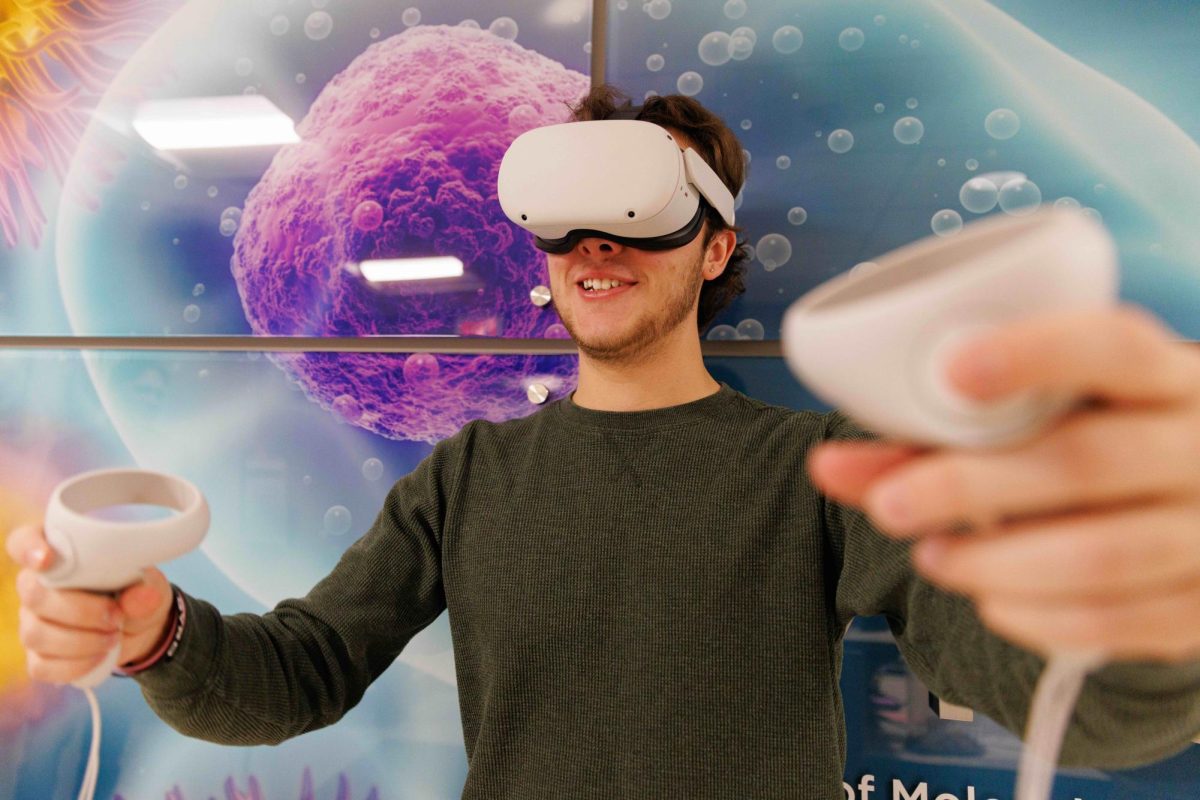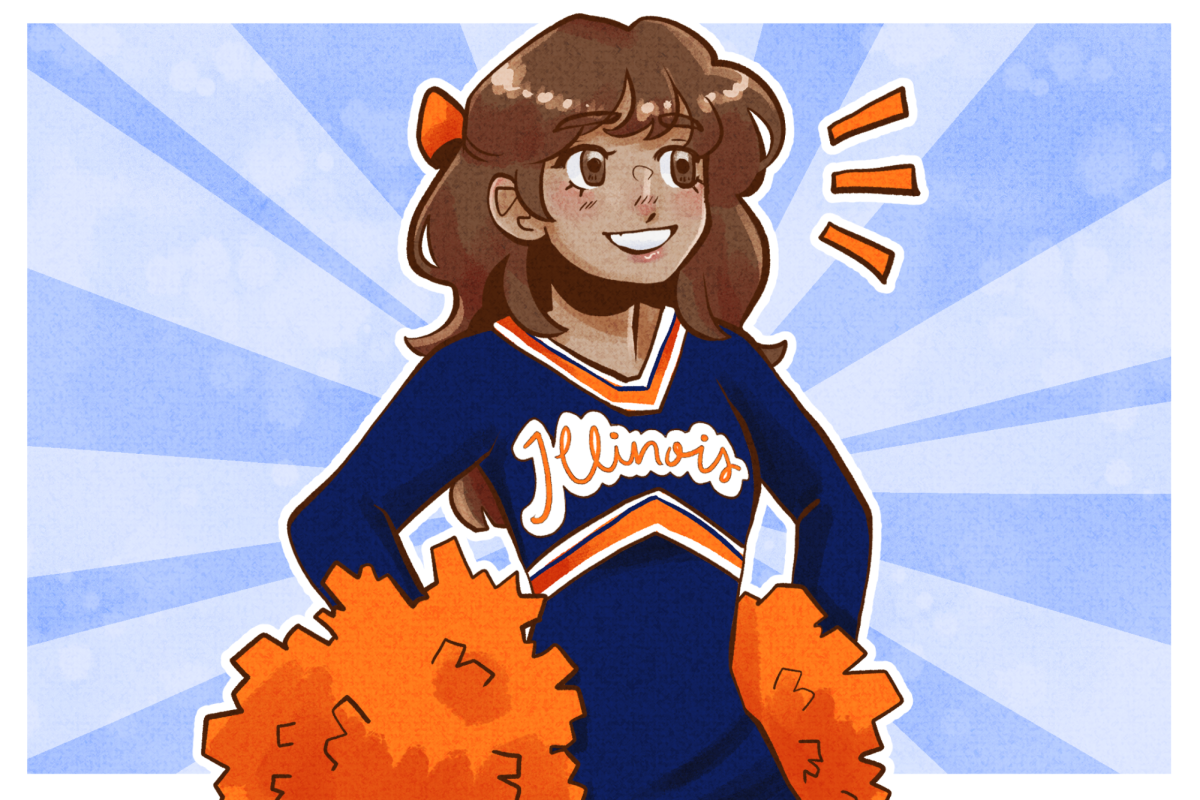Last updated on Dec. 2, 2024 at 03:14 p.m.
A new research study led by Jeremy Toma, professor in LAS, focuses on virtual reality use as a learning aid in the course MCB 460: Neuroanatomy Laboratory. It aims to revolutionize how students engage with complex anatomical concepts.
The study is currently conducted with students enrolled in Toma’s neuroanatomy course. Designed and integrated into VR by Toma and University students, this tool addresses the common challenge of visualizing neuroanatomical structures, an area where traditional teaching methods often fall short.
“We wanted to design something that allows students to practice neuroanatomy interactively rather than just looking at static images or models,” Toma said.
While cadavers are widely regarded as the best method for learning neuroanatomy, Toma recognizes the limitations of this approach, particularly in terms of accessibility and practicality.
Get The Daily Illini in your inbox!
“The cadaver is the gold standard for studying neuroanatomy, but it’s not always feasible for every student to have that experience,” Toma said.
This is where the VR tool serves as a valuable alternative, offering a hands-on learning experience without the logistical constraints of cadaver-based studies.
The study is voluntary, and students’ identities are anonymized in all collected data. Participation involves no additional outside work, as all activities and surveys are seamlessly integrated into the lab curriculum. According to Toma, the goal is to assess the effectiveness of VR in fostering a deeper comprehension of neuroanatomical concepts.
To ensure the accuracy of the VR models, Toma is working with past neuroanatomy students who have provided invaluable feedback on the tool’s educational value. Toma said these past students help guide the development of the tool to meet academic needs.
In addition, Toma has partnered with the stu/dio, a team of student designers and developers, to create realistic and accurate graphics for the VR tool. The team ensures the neuroanatomical pathways and structures are depicted precisely.
“This is not just about teaching neuroanatomy, but assessing how students engage with the material and whether VR helps them visualize these complex structures more effectively,” Toma said.
This initiative presents a unique opportunity to experience cutting-edge technology while contributing to research that could shape the future of neuroanatomy education.
For more information about the study, contact Jeremy Toma at [email protected].








